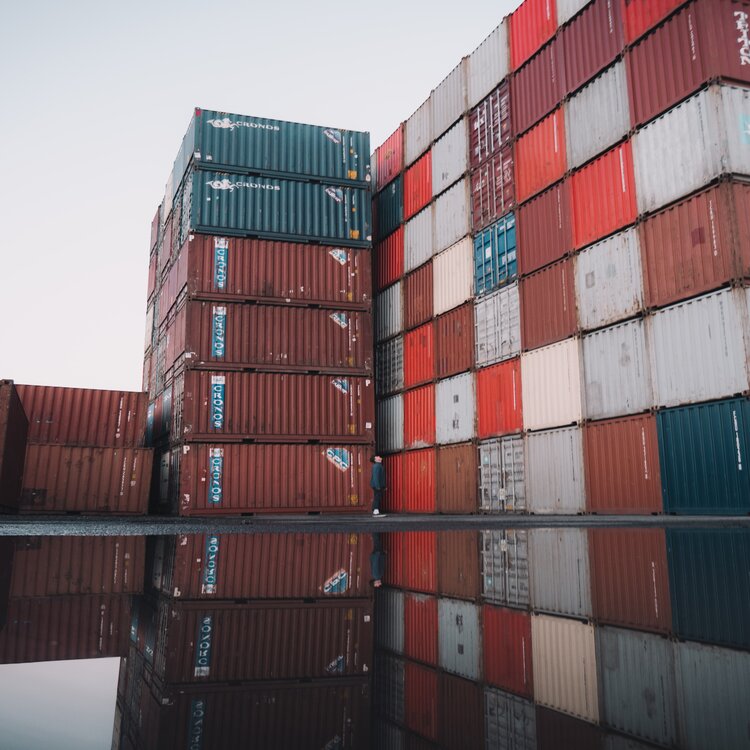U.S. Trade Policy Update: Letters, Tariffs, and a Strategic Shift

President Donald Trump has announced a major new phase in U.S. trade policy: the United States will begin sending formal letters to over 150 countries, outlining new, unilateral tariff rates to be imposed on their exports. The move marks a departure from traditional trade negotiations in favour of what the administration calls a "streamlined tariff communication strategy.
Why Letters?Treasury Secretary Scott Bessent and Commerce Secretary Howard Lutnick are leading the initiative, citing the logistical impracticality of negotiating with every nation individually. These official letters will lay out the import duties that trading partners will face when doing business with the U.S.
The Bigger Picture: Liberation Day 2This announcement builds on the administration's April 2 initiative dubbed “Liberation Day,” which introduced a 10% baseline tariff on most imports. Although market pushback forced some fine-tuning, the 10% universal rate remains in place — alongside higher, country- or product-specific tariffs.
Strategic Intent vs. Market Risk
While bilateral talks continue with key partners like India, Japan, and South Korea, this unilateral shift may reflect a broader move away from globalised consensus in favour of U.S.-centric economic positioning. For advocates, it’s a bold assertion of trade independence. For critics, it signals a breakdown in multilateral cooperation — or worse, a sign the emperor may have no clothes.
Implications
- Businesses should prepare for volatility in import/export pricing
- Supply chains could see renewed pressure, especially in tech, auto, and raw materials
- Global trade partners may retaliate or seek alternate alliances
Whether this turns out to be a strategic masterstroke or a diplomatic misstep, one thing is clear: the global economy just got a new kind of mail.